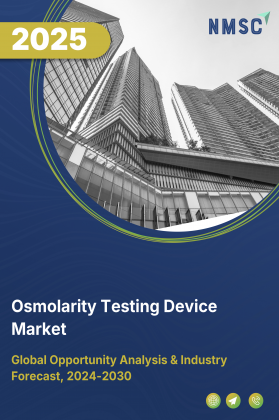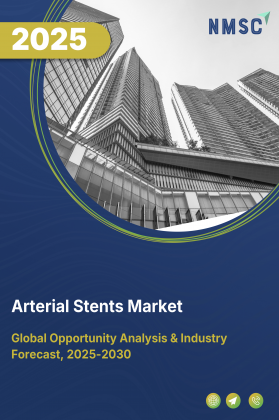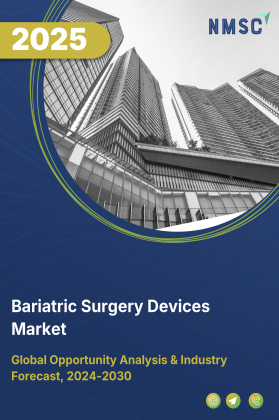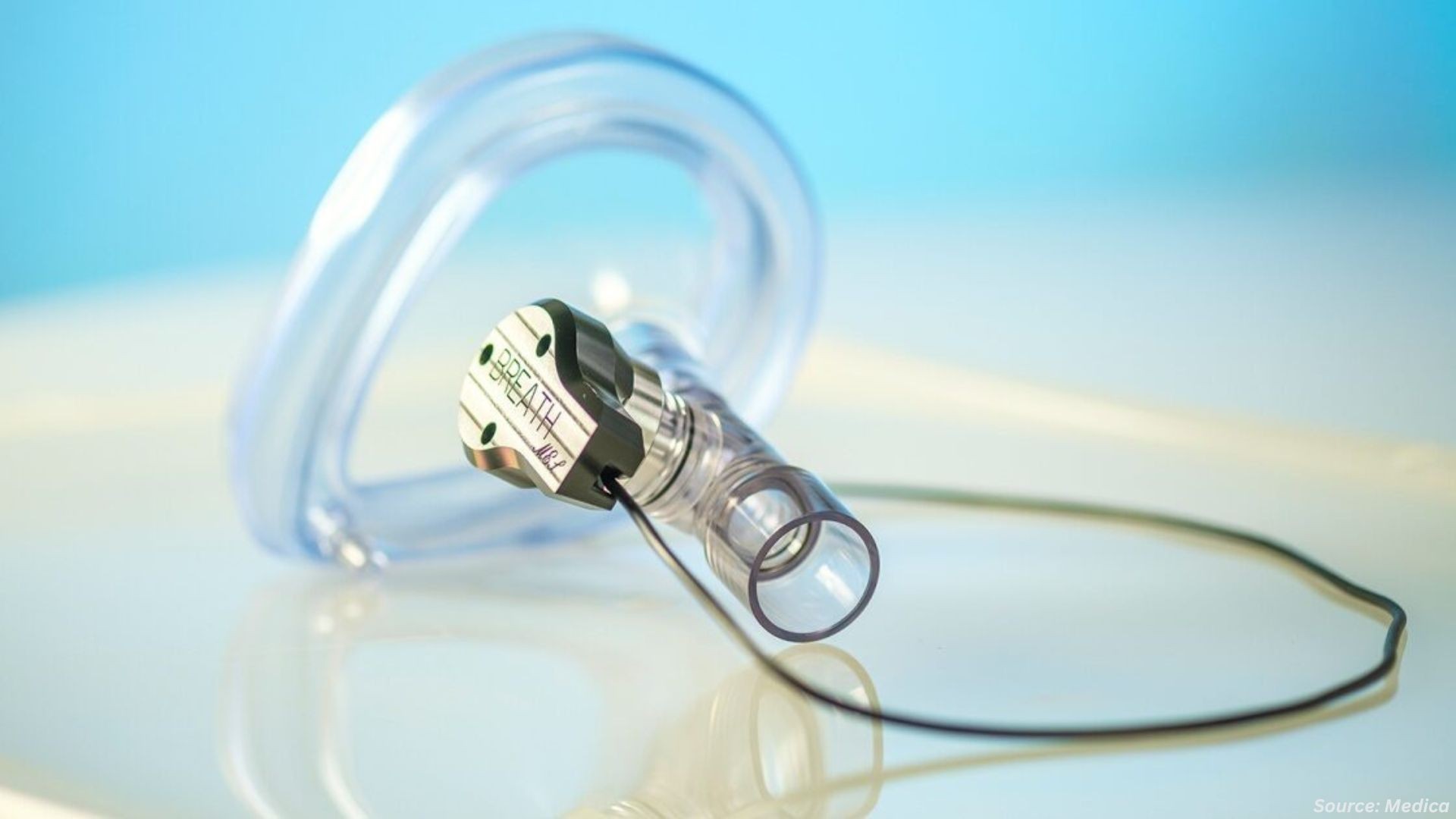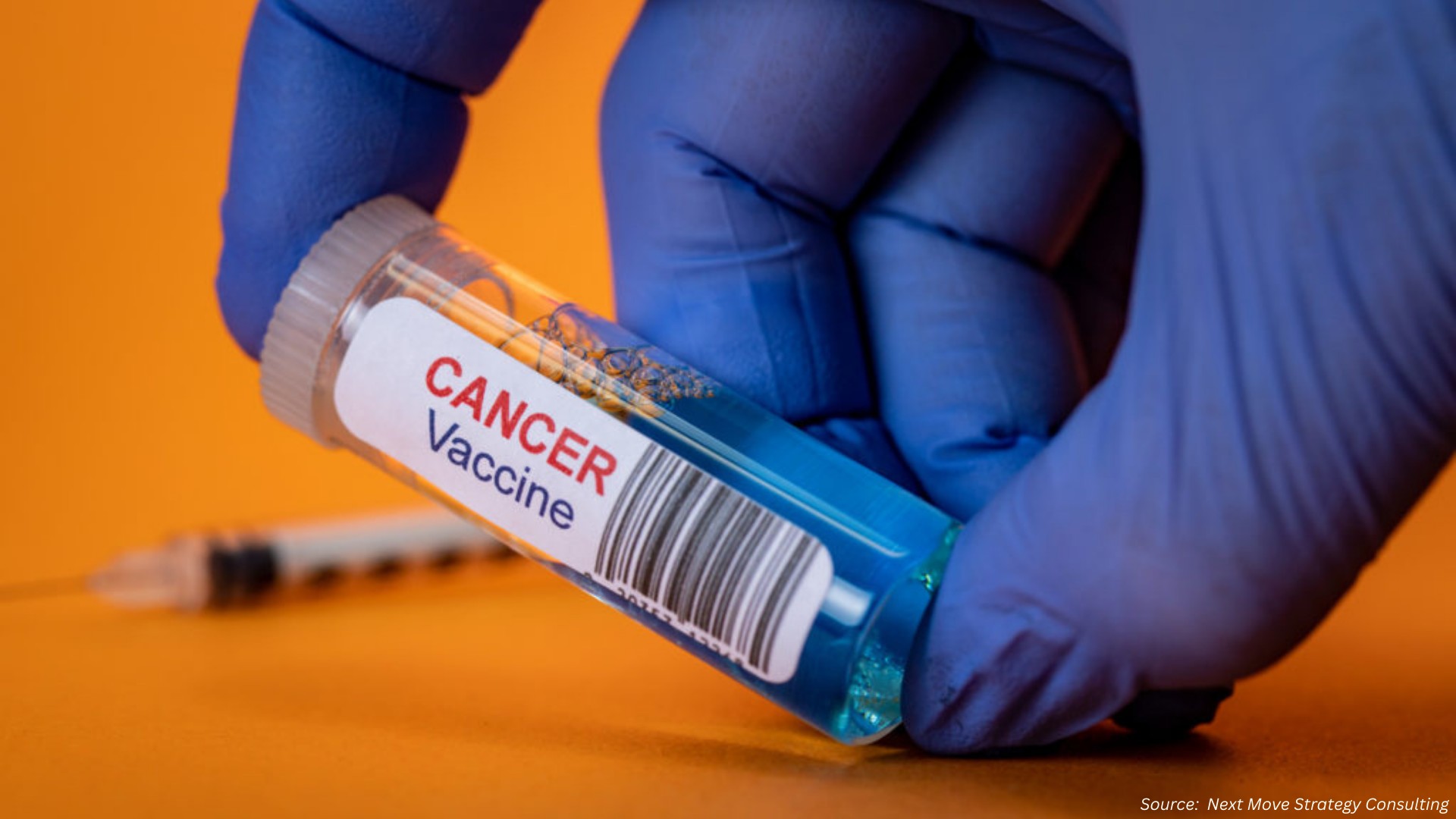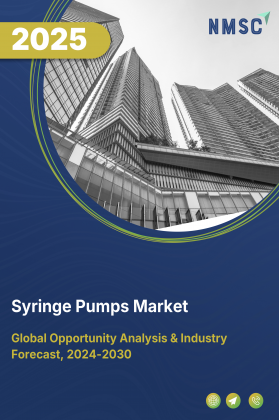
Syringe Pumps Market by Material Type (Plastic & Others), Product Type (Infuse Only, PCA & Others), Channel Configuration (Single & Multi Channel), Drive Mechanism (Motor Driven, Pneumatic & Others), Volume Capacity (≤10 mL & Others), Accuracy (Standard & Others), Distribution Channel (Direct, Third Party & Others), Connectivity (Standalone, & Others), Application (Drug Delivery & Others), and End User (Hospitals, Homecare Providers & Others) – Global Analysis & Forecast, 2025–2030.
Industry Overview
The global Syringe Pumps Market size was valued at USD 16.77 billion in 2024 and is predicted to reach USD 17.83 billion by the end of 2025. The industry is expected to reach USD 25.31 billion by 2030 with a CAGR of 7.1% from 2025 to 2030.
The market is experiencing robust growth, driven by the rising adoption of home healthcare solutions that demand convenient, precise medication delivery; the surging prevalence of chronic diseases such as diabetes, cancer, cardiovascular disorders, and CKD that require accurate, long term infusion therapies; and an expanding geriatric population with complex dosing needs.
However, high costs associated with advanced syringe pump systems often equipped with integrated software, wireless connectivity, and precision dosing technologies continue to restrain broader access, particularly in smaller clinics and low resource settings.
At the same time, rapid technological advancements and the integration of digital health featuring programmable dosing, IoT enabled connectivity, real time data exchange, and remote monitoring present significant opportunities to streamline clinical workflows, enhance patient safety, and drive future market expansion.
Growing Adoption of Home Healthcare Solutions Boosts Market Expansion
The increasing demand for home healthcare solutions lead to a preference for convenient treatment options. This drives the adoption of syringe pumps, which provide precise and user-friendly medication delivery for patients managing chronic conditions at home. Thus, the growth of home healthcare is driving substantial demand for syringe pumps, highlighting the need for innovative and accessible medication delivery solutions.
For instance, the WHO highlights diabetes and hypertension as leading contributors to CKD incidence, driving demand for home-based treatments, and increasing the adoption of syringe pumps for accurate, self-managed drug delivery. As patients required regular infusions for disease management and dialysis-related therapies, syringe pumps emerged as critical tools for delivering medications safely and conveniently.
Rising Prevalence of Chronic Diseases Requiring Accurate Drug Delivery Propels the Market
The rising prevalence of chronic diseases such as diabetes, cancer, cardiovascular disorders, and CKD, projected by the World Health Organization to become the 5th most common chronic condition by 2040, has significantly driven demand for precise, long-term medication delivery systems. This trend fuelled the adoption of syringe pumps, as their high accuracy and reliability made them essential for managing chronic conditions, supporting effective treatment outcomes, and accelerating growth in the global syringe pump market.
Expanding Geriatric Population with Complex Medication Needs Drives Market Growth
The growing geriatric population increases the need for precise medication management due to higher incidences of age-related severe conditions. This drives the adoption of syringe pumps while providing accurate and controlled dosing essential for elderly care.
According to a 2024 WHO report, the global aging population is set to reach 1.4 billion by 2030 and 2.1 billion by 2050. As this demographic trend accelerates, syringe pumps will play a pivotal role in ensuring safe, efficient, and home-based drug administration tailored to the complex healthcare needs of older adults.
High Cost of Advanced Syringe Pump Systems Restraints Access to the Market
The high cost of advanced syringe pump systems, often equipped with integrated software, wireless connectivity, and precision dosing technologies, continues to pose a significant barrier to broader adoption. These systems, while offering enhanced safety, automation, and efficiency, are financially burdensome for smaller healthcare facilities, clinics, and institutions in low-resource settings.
Additionally, the recurring costs associated with maintenance, training, and consumables further limit their accessibility. As a result, many providers are compelled to rely on older or manual infusion technologies, which may compromise the quality and accuracy of drug delivery, ultimately hindering the growth potential of the syringe pump market.
Technological Advancements and Digital Health Integration Presents Market Opportunity
A key opportunity in the syringe pumps market growth lies in the integration of digital health technologies and smart systems. Modern syringe pumps now feature programmable dosing, wireless connectivity, and real-time data exchange, enhancing medication accuracy and patient safety. These advancements streamline clinical workflows, reduce human error, and support automated documentation, especially in critical care and oncology.
Additionally, remote monitoring capabilities are increasingly valuable in home and ambulatory care settings. As healthcare systems adopt digital transformation and value-based care models, the demand for intelligent, connected syringe pumps is rising. This creates a strong growth potential for manufacturers to develop innovative, interoperable solutions tailored to both hospital and home-based treatment environments.
Market Segmentation and Scope of Study
The syringe pumps market report is segmented on the basis of material type, product type, channel configuration, drive mechanism, syringe volume capacity, accuracy & flow rate capability, distribution channel, connectivity features, application, end-user, and region. On the basis of material type, the market is divided into plastic (disposable), stainless steel, and glass. On the basis of product type, the market is divided into continuous syringe pumps, intermittent syringe pumps, patient-controlled analgesia (PCA) pumps, programmable/smart syringe pumps, infuse-only pumps, and infuse and withdraw (push-pull) pumps. On the basis of channel configuration, the market is grouped into single-channel syringe pumps and multi-channel/modular syringe pumps. On the basis of drive mechanism/operation mode, the market is segmented into motor-driven, pneumatically driven, piezoelectric driven, and manual operation. On the basis of syringe volume capacity, the market is classified into ≤10 mL, >10 mL – 50 mL, >50 mL – 100 mL, and >100 mL. On the basis of accuracy & flow rate capability, the market is categorized into standard precision, high precision, ultra-low flow/microfluidic pumps, and high-pressure pumps. On the basis of distribution channel, the market is divided into direct sales, third-party distributors/dealers, online medical marketplaces, equipment rental/leasing services, and subscription-based models. On the basis of connectivity/smart features, the market is segmented into standalone syringe pumps, IoT-enabled syringe pumps, cloud-based monitoring pumps, and integrated smart alarms & drug libraries. On the basis of application, the market is divided into drug delivery, blood transfusion, nutritional support, endocrine therapy, and anesthesia. On the basis of end-user, the market is segmented into hospitals, ambulatory surgical centers (ASCs), homecare providers, veterinary clinics, pharmaceutical & biotech companies, academic & research institutions, contract research organizations (CROs), and industrial QA/QC facilities. Regional breakdown and analysis of each of the aforesaid segments includes regions comprising Asia-Pacific, North America, Europe, and Rest of the World (RoW).
Geographical Analysis
North America is experiencing steady growth in the syringe pumps market share. As highlighted by the International Diabetes Federation’s 2024 report, 13.7% of U.S. adults, approximately 38.5 million people, are living with diabetes. This underscores the growing demand for accessible, point-of-care solutions, driving the adoption of syringe pumps for more efficient management of chronic conditions outside of traditional clinical settings.
Asia-Pacific is witnessing substantial growth in the market, fueled by a significant demographic shift as the aging population expands. According to the World Health Organization (WHO), the proportion of individuals aged 60 and above in the region is set to rise sharply from 12.2% in 2024 to 22.9% by 2050. As life expectancy increases, many older adults will require long-term care, creating a rising demand for syringe pumps to support chronic disease management in aging populations.
Europe is seeing important healthcare system reforms that are impacting the syringe pumps market expansion positively. A prime example is the EU4Health 2024 work programme, which has allocated USD 814.39 million to strengthen resilience, enhance digital health infrastructure, and support community-level diagnostics. These advancements in healthcare are likely to accelerate the adoption of syringe pumps, especially in home and ambulatory care settings.
The rest of the World (Latin America, the Middle East, and Africa) is gradually witnessing growth in the industry as healthcare systems continue to evolve. Although still in the developmental phase, rising investments in healthcare infrastructure and increasing awareness of the benefits of home care are helping to drive market expansion in these regions. As healthcare access improves, syringe pumps are becoming an essential tool for managing chronic conditions more effectively.
Competitive Landscape
Various players in the syringe pumps industry are leading and adopting various strategies. These market players are opting strategies such as product launches and collaborations to maintain their dominance and competitiveness in the market.
-
In 2024, Baxter received U.S. FDA clearance for its Novum IQ Large Volume Infusion Pump and Dose IQ Safety Software, completing its integrated platform of large volume and syringe infusion smart pumps. This advancement enhances Baxter’s position in the industry by improving safety, connectivity, and clinical workflow efficiency.
-
In 2025, ICU Medical received FDA clearance for its Plum Solo and updated Plum Duo precision IV pumps, along with LifeShield safety software, introducing a new category of infusion devices. This development complements the market by expanding precision infusion options and enhancing safety and performance across IV delivery systems.
-
In April 2025, Medtronic advances Abbott's CGM partnership with FDA submission of an interoperable insulin pump, further contributing to the industry.
-
In May 2025, Fresenius Kabi Canada launched Otulfi, a ustekinumab biosimilar available in subcutaneous and intravenous forms. The launch supports increased demand for precision drug delivery, reinforcing the relevance of syringe pumps in administering biologics for autoimmune conditions.
Key Benefits
-
The report provides quantitative analysis and estimations of the industry from 2025 to 2030, which assists in identifying the prevailing market opportunities.
-
The study comprises a deep-dive analysis of the current and future syringe pumps market trends to depict prevalent investment pockets in the industry.
-
Information related to key drivers, restraints, and opportunities and their impact on the industry is provided in the report.
-
Competitive analysis of the players, along with their market share, is provided in the report.
-
SWOT analysis and Porter's Five Forces model are elaborated in the study.
-
Value chain analysis in the market study provides a clear picture of the roles of stakeholders
Syringe Pumps Market Key Segments
By Material Type
-
Plastic (Disposable)
-
Stainless Steel
-
Glass
By Product Type
-
Continuous Syringe Pumps
-
Intermittent Syringe Pumps
-
Patient-Controlled Analgesia (PCA) Pumps
-
Programmable / Smart Syringe Pumps
-
Infuse-Only Pumps
-
Infuse and Withdraw (Push-Pull) Pumps
By Channel Configuration
-
Single-Channel Syringe Pumps
-
Multi-Channel / Modular Syringe Pumps
By Drive Mechanism / Operation Mode
-
Motor-Driven (Stepper or Servo Motor)
-
Pneumatically Driven
-
Piezoelectric Driven
-
Manual Operation
By Syringe Volume Capacity
-
≤10 mL
-
>10 mL – 50 mL
-
>50 mL – 100 mL
-
>100 mL
By Accuracy & Flow Rate Capability
-
Standard Precision (±1–3%)
-
High Precision (≤±0.5%)
-
Ultra-Low Flow / Microfluidic Pumps (nano- to µL/min)
-
High-Pressure Pumps (for viscous or industrial fluids)
By Distribution Channel
-
Direct Sales (OEM to Hospital / Research Buyers)
-
Third-Party Distributors / Dealers
-
Online Medical Marketplaces (e.g., Medikabazaar)
-
Equipment Rental / Leasing Services
-
Subscription-Based Models (Device + Consumables)
By Connectivity / Smart Features
-
Non-Connected / Standalone Syringe Pumps
-
Networked / IoT-Enabled Syringe Pumps
-
Wireless / Cloud-Based Monitoring Pumps
-
Integrated Smart Alarms & Drug Libraries
By Application
-
Drug Delivery
-
Blood Transfusion
-
Nutritional Support
-
Endocrine Therapy
-
Anesthesia
By End-User
-
Hospitals
-
Ambulatory Surgical Centers (ASCs)
-
Homecare Providers
-
Veterinary Clinics
-
Pharmaceutical & Biotech Companies
-
Academic & Research Institutions
-
Contract Research Organizations (CROs)
-
Industrial QA/QC Facilities
By Region
-
North America
-
The U.S
-
Canada
-
Mexico
-
-
Europe
-
The UK
-
Germany
-
France
-
Italy
-
Spain
-
Denmark
-
Netherlands
-
Finland
-
Sweden
-
Norway
-
Russia
-
Rest of Europe
-
-
Asia-Pacific
-
China
-
Japan
-
India
-
South Korea
-
Australia
-
Indonesia
-
Singapore
-
Taiwan
-
Thailand
-
Rest of Asia-Pacific
-
-
Rest of the World
-
Latin America
-
Middle East
-
Africa
-
Key Players
-
Medtronic
-
Baxter
-
BD
-
KORU Medical Systems
-
B. Braun SE
-
Terumo Corporation
-
Nipro
-
Shenzhen Mindray Bio-Medical Electronics Co., Ltd.
-
AVNS
-
CODAN Companies
-
Hamilton Company
-
New Era Pump Systems, Inc.
-
Chemyx Inc
-
Harvard Bioscience Inc
REPORT SCOPE AND SEGMENTATION:
|
Parameters |
Details |
|
Market Size in 2025 |
USD 17.83 billion |
|
Revenue Forecast in 2030 |
USD 25.31 billion |
|
Growth Rate |
CAGR of 7.1% from 2025 to 2030 |
|
Analysis Period |
2024–2030 |
|
Base Year Considered |
2024 |
|
Forecast Period |
2025–2030 |
|
Market Size Estimation |
Billion (USD) |
|
Growth Factors |
|
|
Countries Covered |
28 |
|
Companies Profiled |
15 |
|
Market Share |
Available for 10 companies |
|
Customization Scope |
Free customization (equivalent to up to 80 working hours of analysts) after purchase. Addition or alteration to country, regional, and segment scope. |
|
Pricing and Purchase Options |
Avail customized purchase options to meet your exact research needs. |

















 Speak to Our Analyst
Speak to Our Analyst



